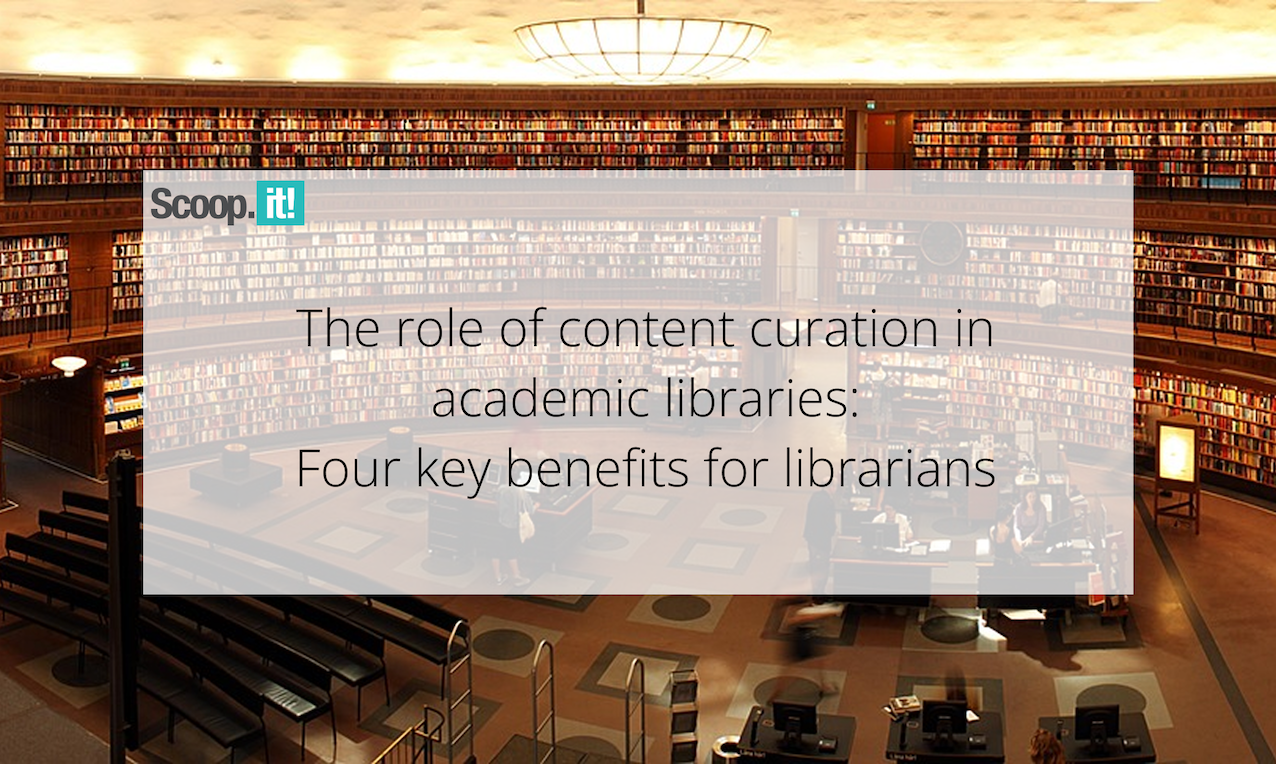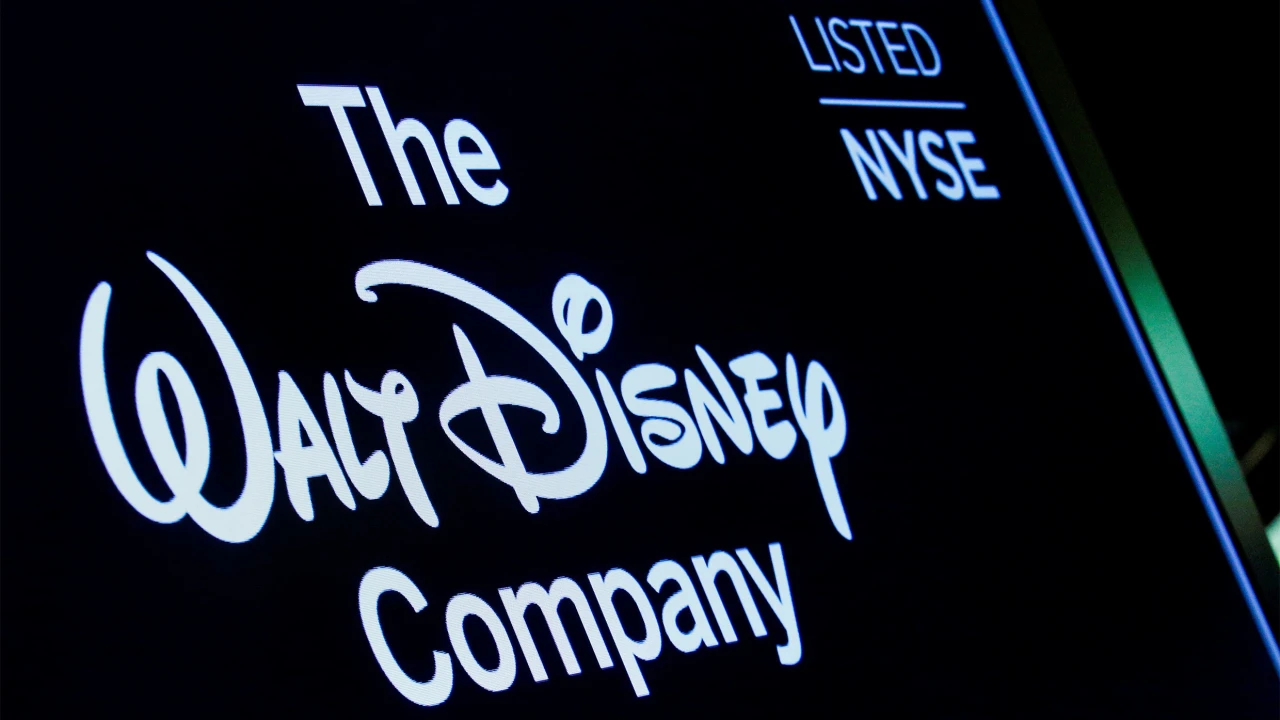Zohran Mamdani is on the verge of victory, and election gamblers are set to win thousands betting online
On Tuesday, New Yorkers lined up to cast their vote in the city’s Democratic primaries, hoping to elect its next mayoral candidate nominee. But while some turned to the polls, others took to election betting—and made thousands along the way. In the weeks before the election, the race seemed to be between two candidates: former governor Andrew Cuomo, who left office following sexual harassment allegations in 2021, and state assemblyman and democratic socialist Zohran Mamdani. As votes started to kick in on Tuesday for the first round of the ranked-choice election, the race seemed uncertain. Early polling showed Cuomo leading the way by at least a 12-point lead weeks before. Yet tides quickly shifted, with a recent Emerson poll showing a statistical tie between the candidates. As the votes were counted, Mamdani surged as the likely nominee with Cuomo conceding later in the night. But before that happened, the internet had already crowned its winner on the prediction market trading platform Kalshi, where U.S. users can bet on current events like yesterday’s elections. “Zohran had one of the most impressive runs we’ve ever seen on Kalshi,” Jack Such, business and media development lead at Kalshi, told Fast Company. “He was at 7% to win this earlier, less than a month ago.” What is election betting? Election betting is like betting on any other current events, positing the probability of one event happening over another. Still, it is a somewhat recent phenomenon. Kalshi operates like a stock market, with two parties on each side, some buying or selling shares—or bets in this case. Each “yes” or “no” contract is capped at $1 dollar, usually going between zero and 99 cents, with the price reflecting the probability of an event happening according the bets. Election betting gained notoriety during last year’s presidential election, bringing in upwards of $3.6 billion to Polymarket, another betting platform that supposedly does not allow U.S. users. While criticism surrounds the ethics of the practice, as some argue that it may commodify decision-making and it does not promote responsible participation, it seems as if it is poised to grow. Just a day after the New York election, Kalshi hit a $2 billion valuation following a recent funding round. Additionally, the live aspect of the projection is attracting the attention of users yearning for faster results. Kalshi’s projection showed Mamdani surpassing Cuomo as soon as 9 a.m. that morning. While the projection fluctuated during the day, the platform called the election in favor of Mamdani at 9:43 p.m. on social media, before Cuomo conceded. “People who just want to know who wins love the markets because they just work faster than anything else,” Such says. Kalshi calls a victory once one of the sides reaches 99 cents for at least 10 minutes. “It’s basically like a 99% confidence interval,” Such says. “It indicates that this market is going to resolve a certain way.” High returns For those who jumped on the election market and bet on Mamdani early, returns will prove financially beneficial should Mamdani become the Democratic nominee for mayor as expected. The best single trade for the market will see a payout of $85,650, as the trader bet $3,426 in favor of Mamdani when his probability to win was just 4%. Another user commented on the market saying, “I want to thank all the unimaginative centrists out there,” following his $41,099 payout. During the election, the market had a live voting count powered by Decision Desk HQ, showcasing voting results in real time for users to follow. However, not all bets are made solely based on polls and electoral results, Such explained. For instance, Kalshi reported that 71% of pro-Mamdani bets were placed by women users, echoing the popular “hot girls for Zohran” grassroots movement. “What makes prediction markets efficient is this ability to aggregate all the information that’s available,” Such says. “like polling data, but also everything else: sentiment, what your neighbors think, what your family thinks.”

On Tuesday, New Yorkers lined up to cast their vote in the city’s Democratic primaries, hoping to elect its next mayoral candidate nominee. But while some turned to the polls, others took to election betting—and made thousands along the way.
In the weeks before the election, the race seemed to be between two candidates: former governor Andrew Cuomo, who left office following sexual harassment allegations in 2021, and state assemblyman and democratic socialist Zohran Mamdani.
As votes started to kick in on Tuesday for the first round of the ranked-choice election, the race seemed uncertain. Early polling showed Cuomo leading the way by at least a 12-point lead weeks before. Yet tides quickly shifted, with a recent Emerson poll showing a statistical tie between the candidates.
As the votes were counted, Mamdani surged as the likely nominee with Cuomo conceding later in the night.
But before that happened, the internet had already crowned its winner on the prediction market trading platform Kalshi, where U.S. users can bet on current events like yesterday’s elections.
“Zohran had one of the most impressive runs we’ve ever seen on Kalshi,” Jack Such, business and media development lead at Kalshi, told Fast Company. “He was at 7% to win this earlier, less than a month ago.”
What is election betting?
Election betting is like betting on any other current events, positing the probability of one event happening over another. Still, it is a somewhat recent phenomenon.
Kalshi operates like a stock market, with two parties on each side, some buying or selling shares—or bets in this case. Each “yes” or “no” contract is capped at $1 dollar, usually going between zero and 99 cents, with the price reflecting the probability of an event happening according the bets.
Election betting gained notoriety during last year’s presidential election, bringing in upwards of $3.6 billion to Polymarket, another betting platform that supposedly does not allow U.S. users.
While criticism surrounds the ethics of the practice, as some argue that it may commodify decision-making and it does not promote responsible participation, it seems as if it is poised to grow. Just a day after the New York election, Kalshi hit a $2 billion valuation following a recent funding round.
Additionally, the live aspect of the projection is attracting the attention of users yearning for faster results.
Kalshi’s projection showed Mamdani surpassing Cuomo as soon as 9 a.m. that morning. While the projection fluctuated during the day, the platform called the election in favor of Mamdani at 9:43 p.m. on social media, before Cuomo conceded.
“People who just want to know who wins love the markets because they just work faster than anything else,” Such says.
Kalshi calls a victory once one of the sides reaches 99 cents for at least 10 minutes. “It’s basically like a 99% confidence interval,” Such says. “It indicates that this market is going to resolve a certain way.”
High returns
For those who jumped on the election market and bet on Mamdani early, returns will prove financially beneficial should Mamdani become the Democratic nominee for mayor as expected.
The best single trade for the market will see a payout of $85,650, as the trader bet $3,426 in favor of Mamdani when his probability to win was just 4%.
Another user commented on the market saying, “I want to thank all the unimaginative centrists out there,” following his $41,099 payout.
During the election, the market had a live voting count powered by Decision Desk HQ, showcasing voting results in real time for users to follow. However, not all bets are made solely based on polls and electoral results, Such explained.
For instance, Kalshi reported that 71% of pro-Mamdani bets were placed by women users, echoing the popular “hot girls for Zohran” grassroots movement.
“What makes prediction markets efficient is this ability to aggregate all the information that’s available,” Such says. “like polling data, but also everything else: sentiment, what your neighbors think, what your family thinks.”




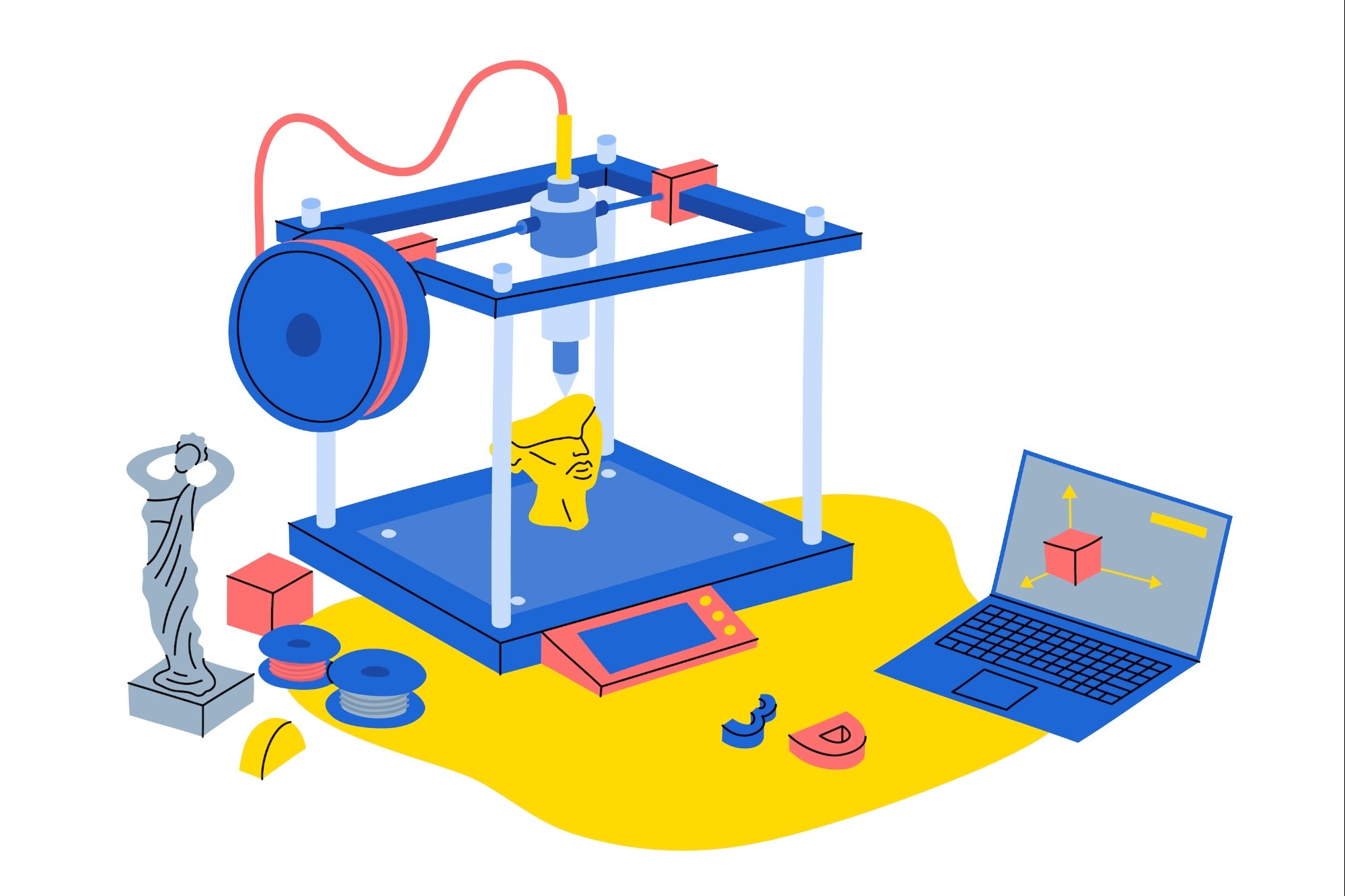



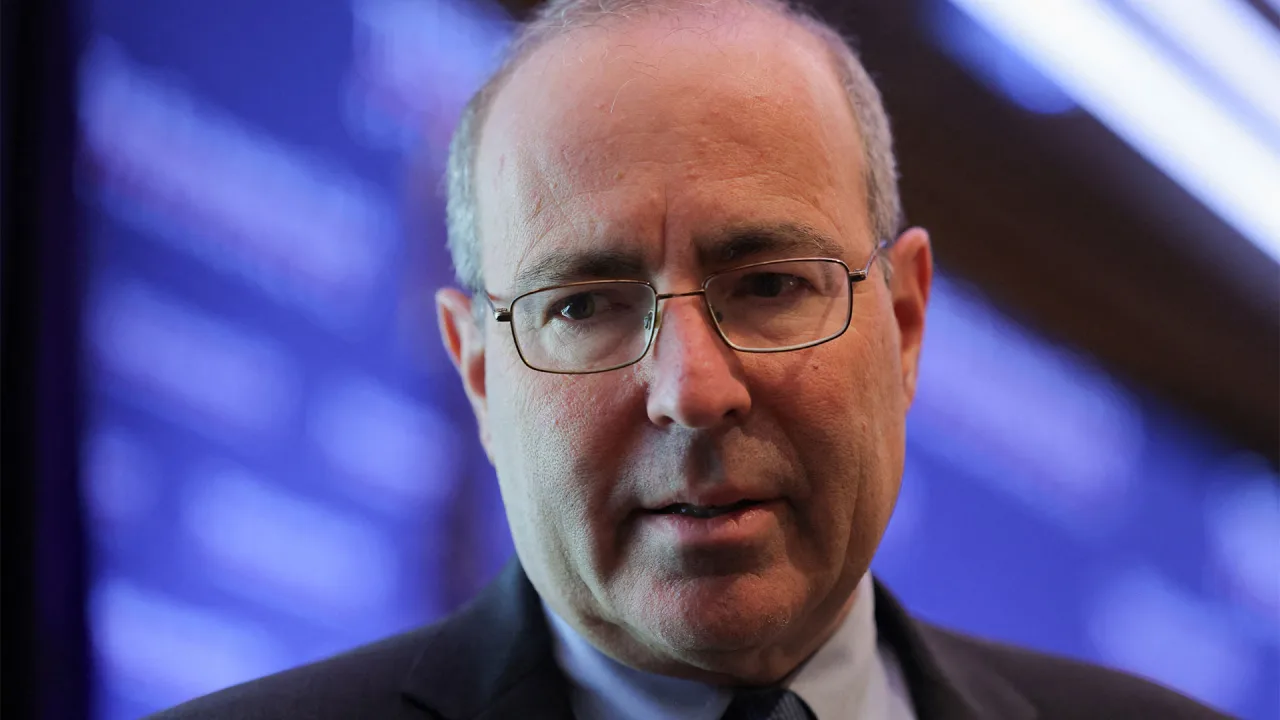





























































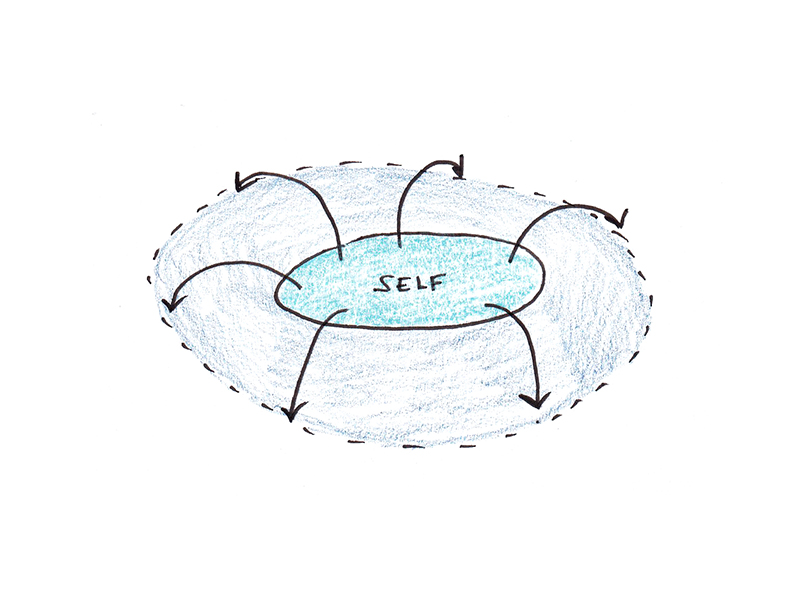
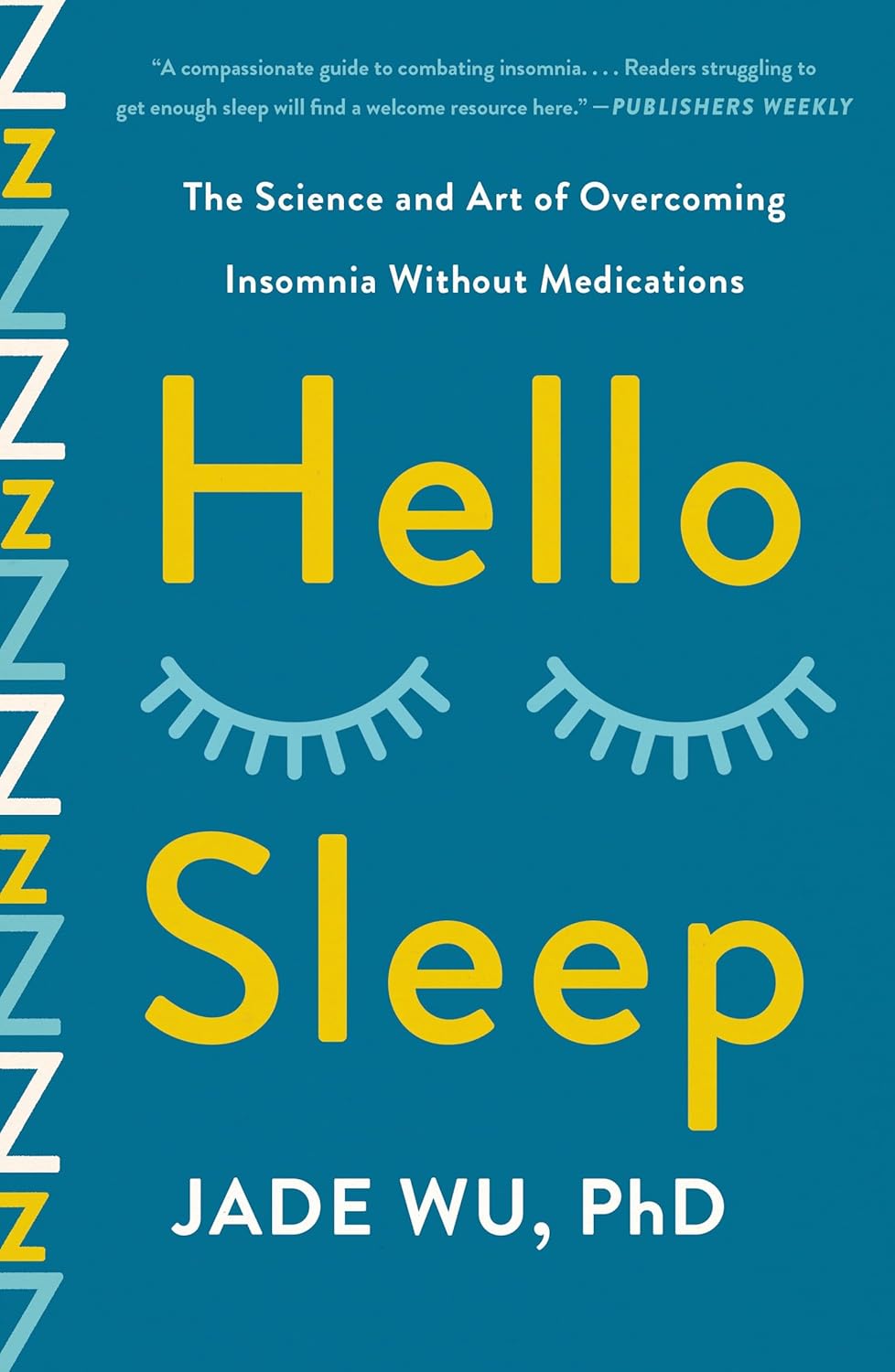




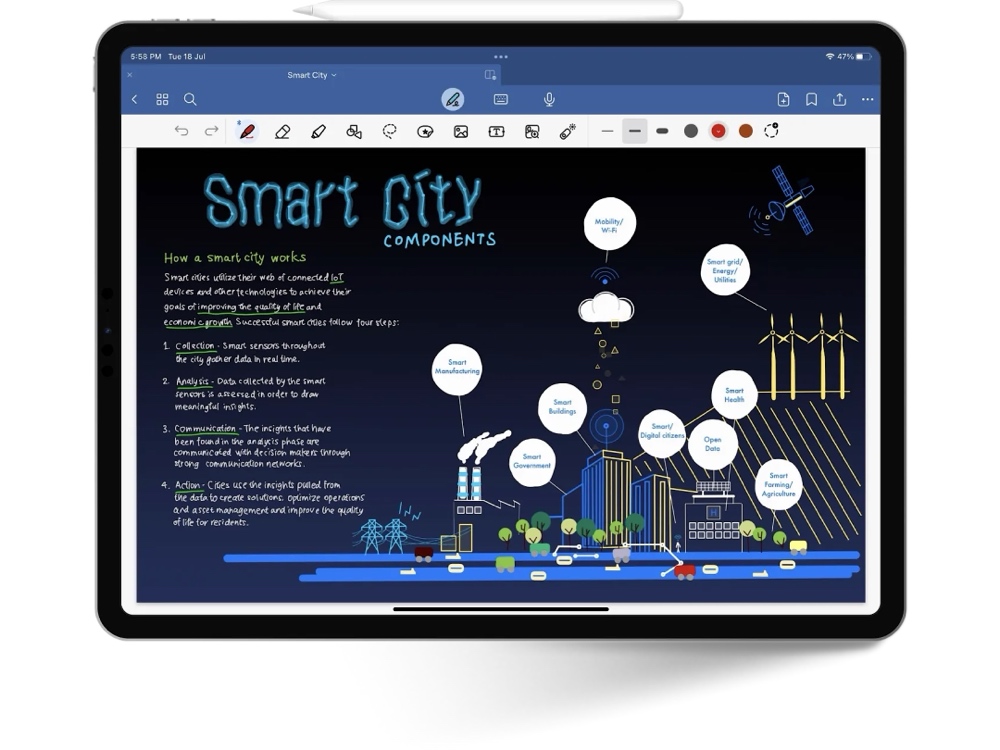

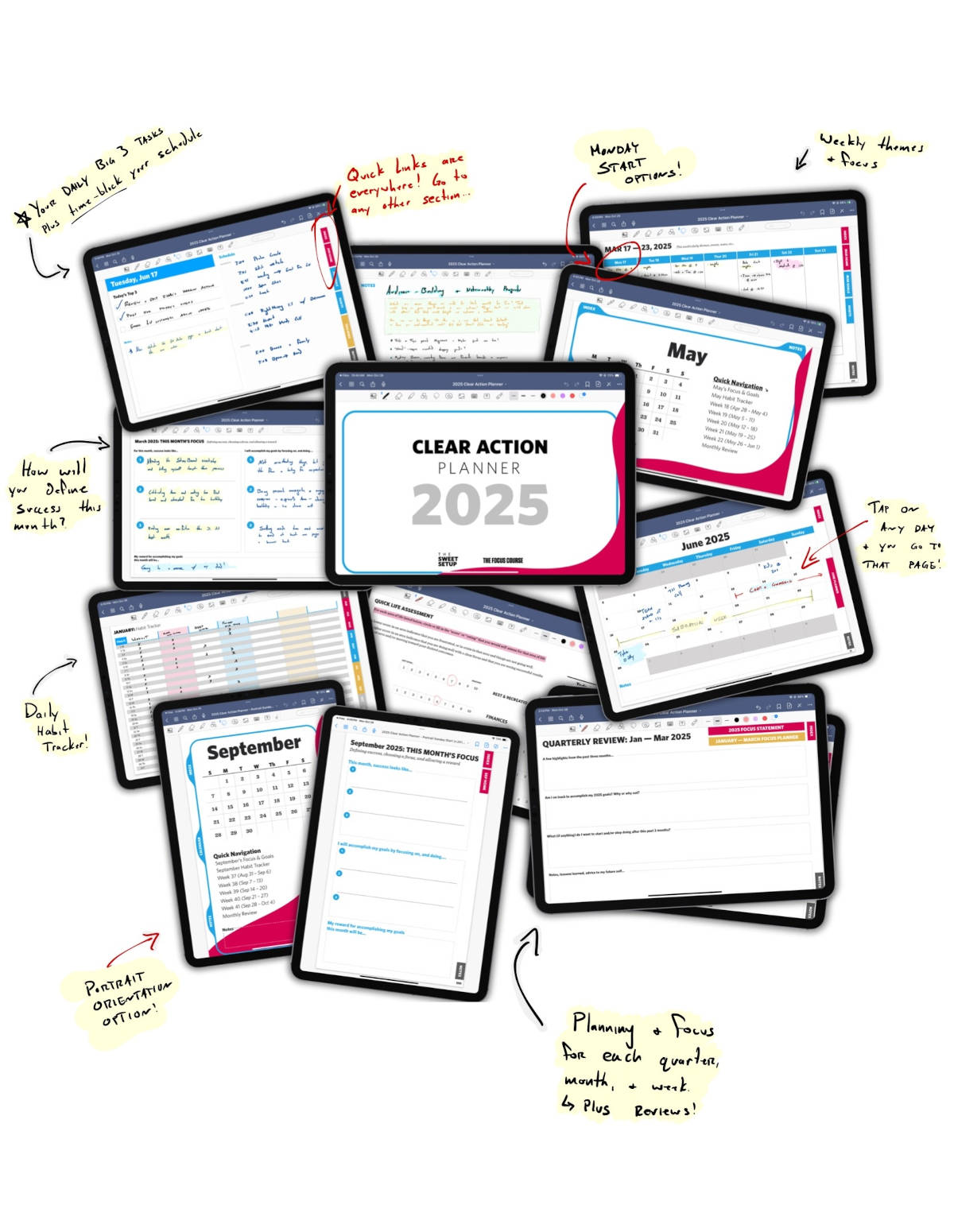


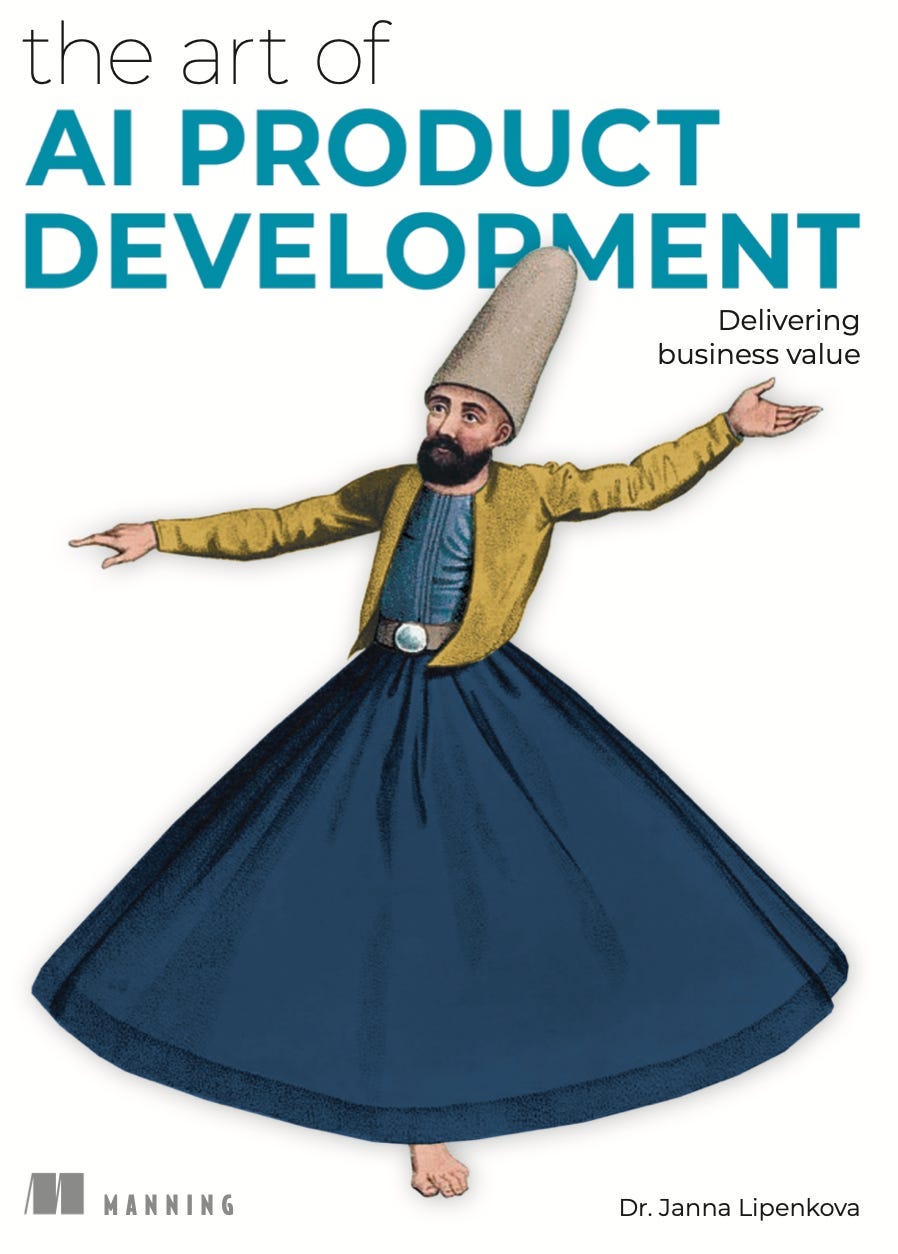
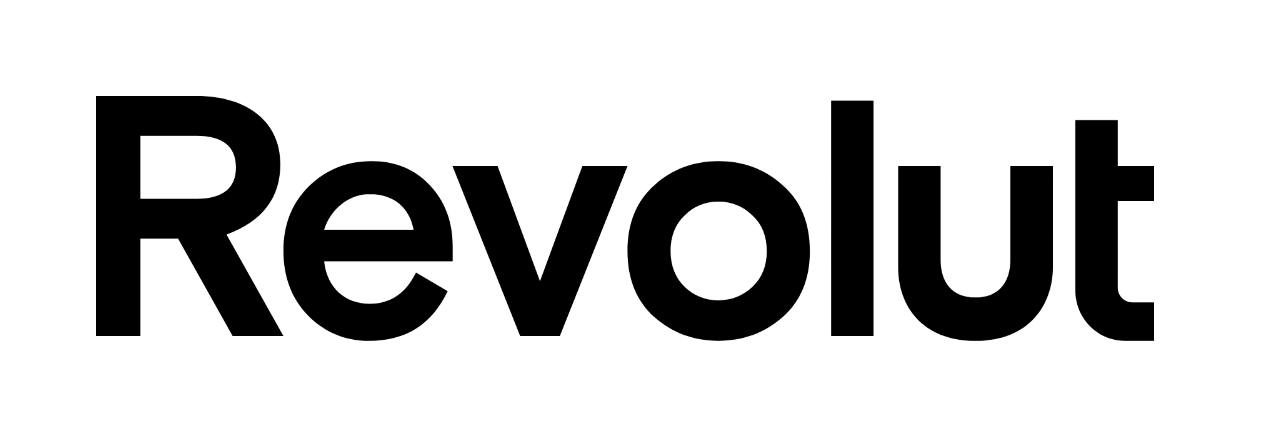
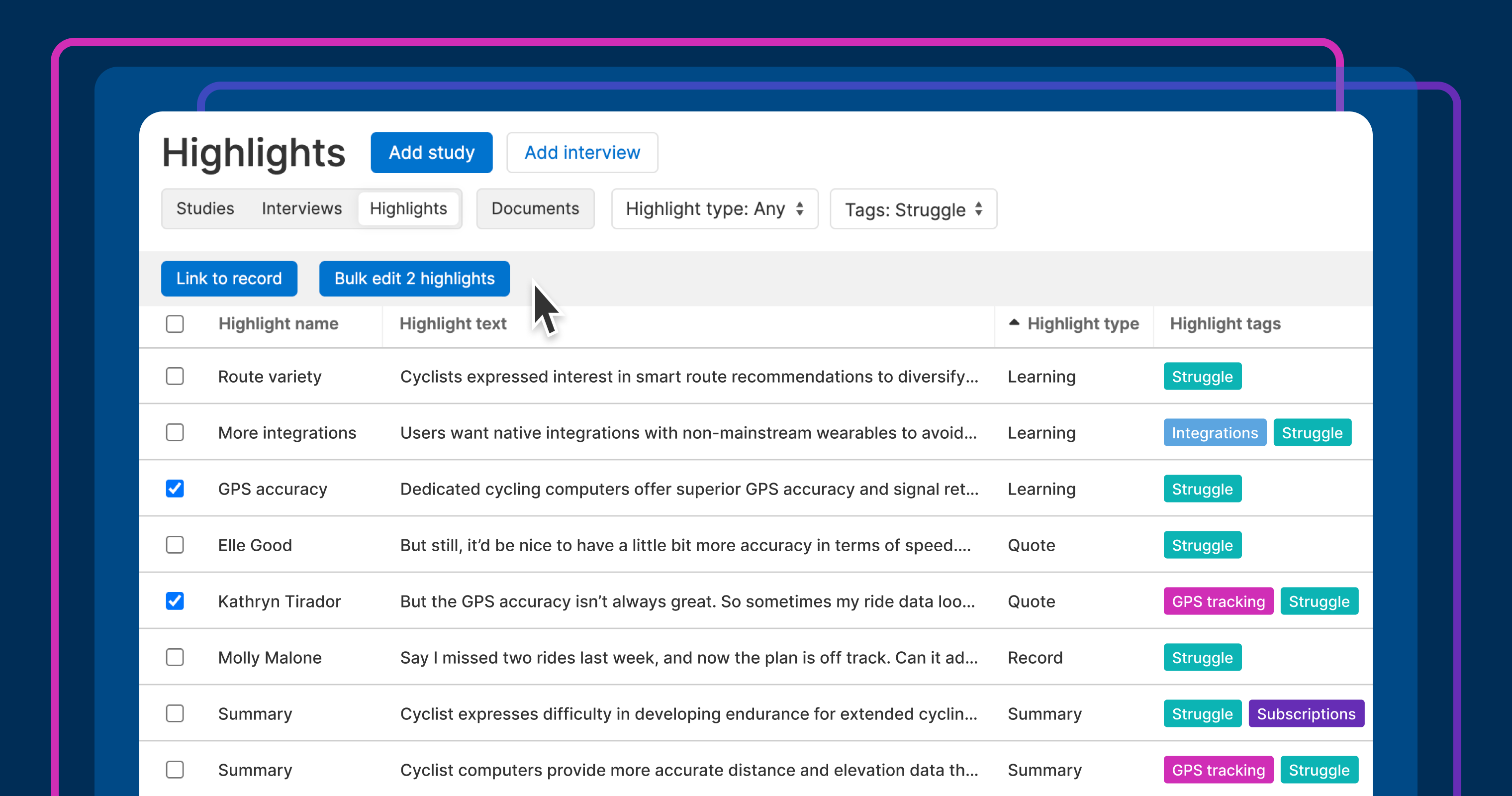


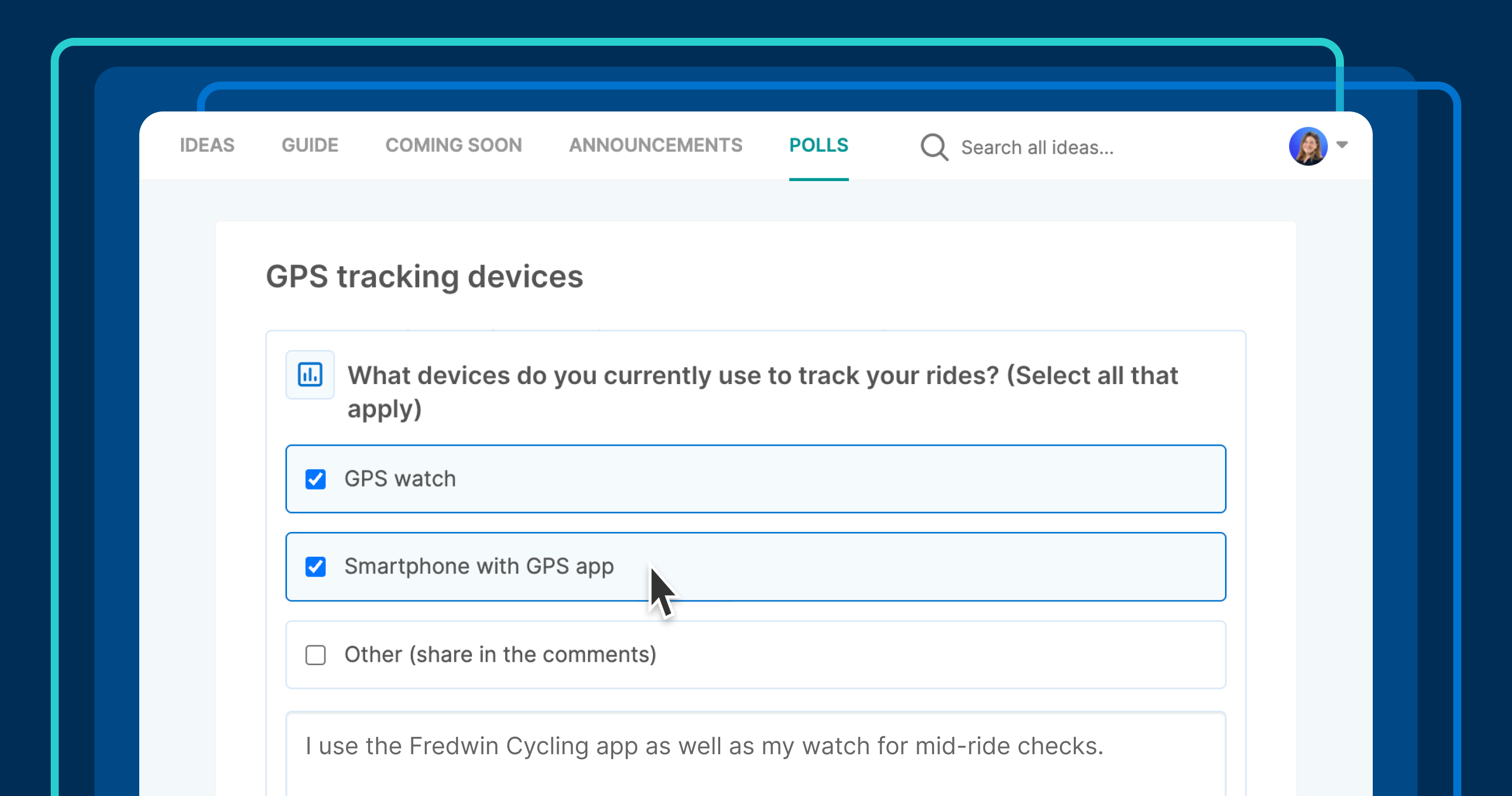




















![Building A Digital PR Strategy: 10 Essential Steps for Beginners [With Examples]](https://buzzsumo.com/wp-content/uploads/2023/09/Building-A-Digital-PR-Strategy-10-Essential-Steps-for-Beginners-With-Examples-bblog-masthead.jpg)













